This is the first year that the Emperor Quang Trung's death anniversary was held when the two provinces of Binh Dinh and Gia Lai were merged into the new Gia Lai province and the localities in the Tay Son upper region and Tay Son lower region were rearranged.
As planned, the activities of the Emperor Quang Trung's death anniversary will take place from September 19 to 20 (July 28 to 29 of the lunar calendar) at many relics associated with the Tay Son peasant movement, focusing on the An Khe Truong relic and the Tay Son Tam Kiet Temple.
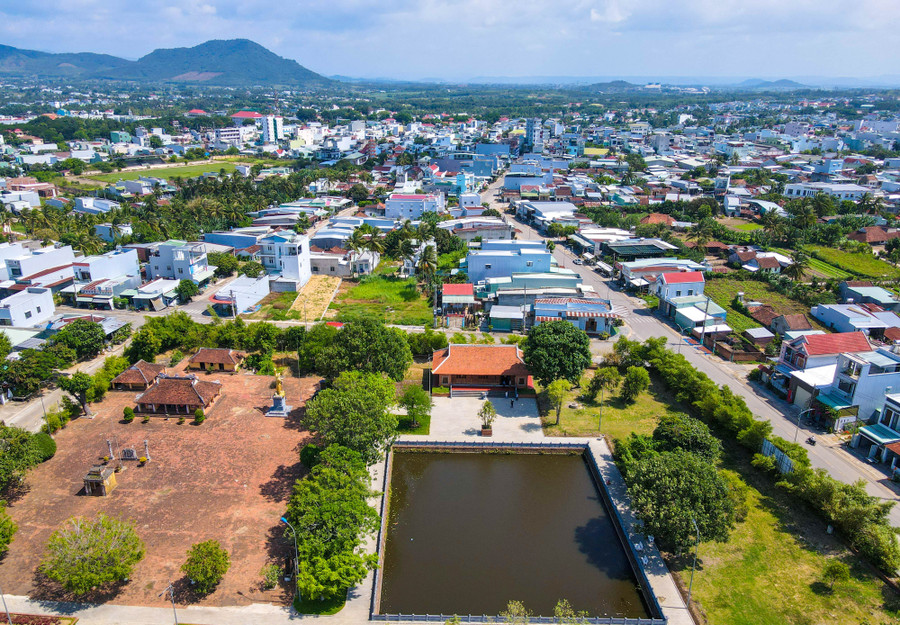
The main contents include: Flower offering, incense offering, and prayer ceremony at the statue of Emperor Quang Trung and the Tay Son Tam Kiet temple (An Khe Truong relic) on the morning of September 19; incense offering and prayer ceremony at Kinh Thien Platform and the Tay Son Tam Kiet parents' temple on the afternoon of September 19; and Emperor Quang Trung's death anniversary at the Tay Son Tam Kiet temple (Quang Trung Museum campus) on the morning of September 20.
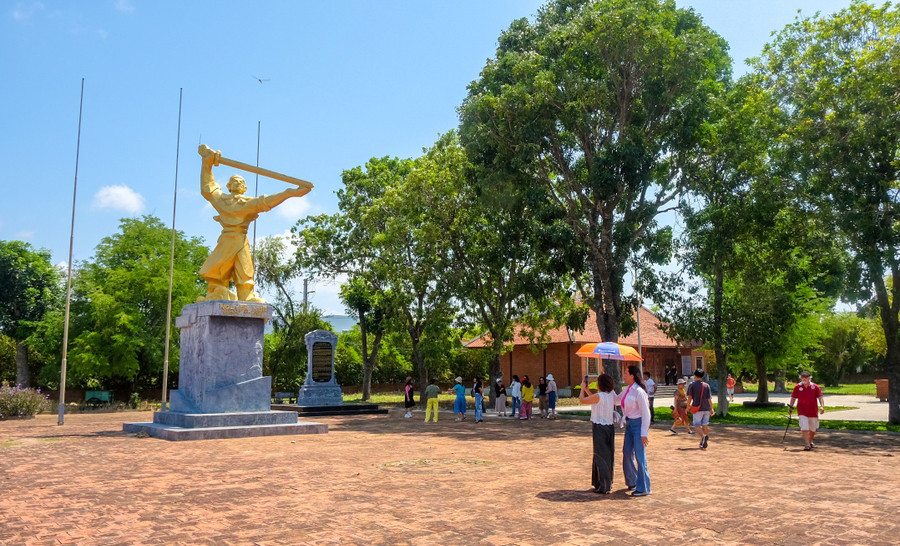
In addition to the traditional death anniversary ceremony, the province also organizes many cultural and artistic activities such as the offering tray decoration contest, the folk cake making contest, and the traditional art performance program at Quang Trung Museum Square and An Khe Truong relic site, to create a highlight to promote the value of cultural heritage and attract tourists.
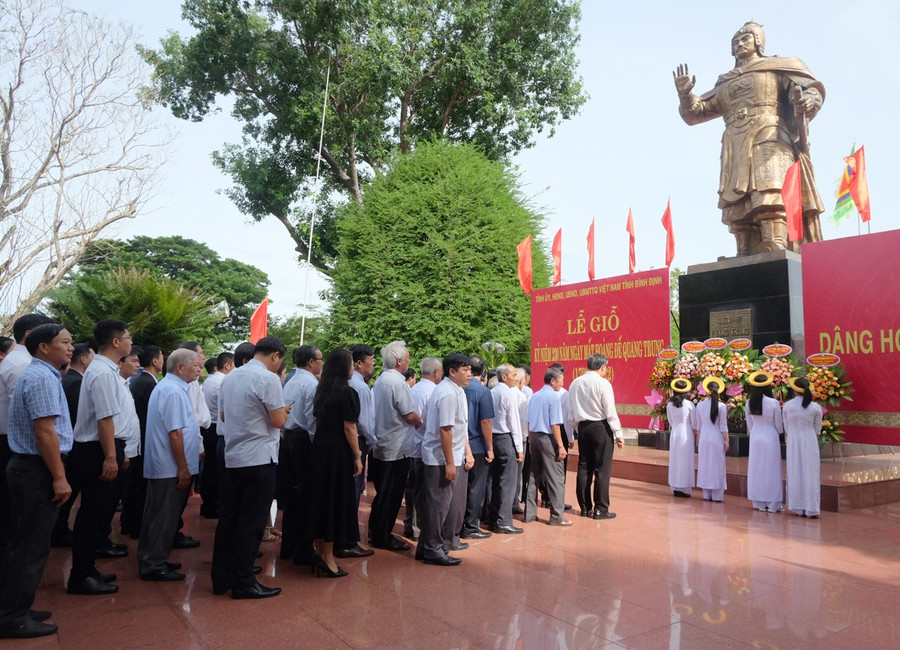
The Provincial People's Committee assigned the Department of Culture, Sports and Tourism to preside over and coordinate with localities and related units to deploy preparations, from celebrations, propaganda, ensuring security and order, environmental sanitation to logistics to serve offerings and food trays for the people. Relevant departments, branches and localities are assigned specific tasks to ensure the death anniversary takes place solemnly, economically, civilly, and in accordance with the religious needs of the people.
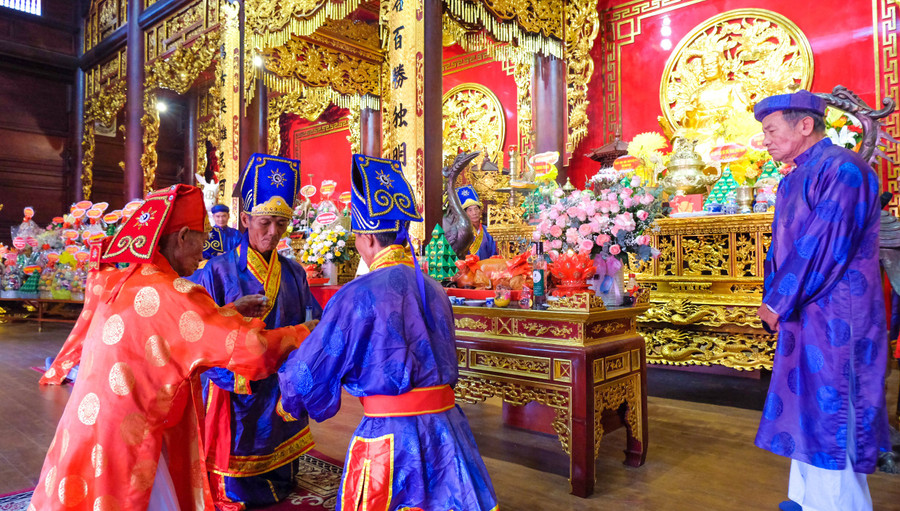
The 233rd anniversary of Emperor Quang Trung's death is not only an occasion to pay tribute to the national hero Nguyen Hue and review the heroic spirit of the Tay Son peasant movement, but also contributes to educating patriotic traditions, strengthening the great solidarity bloc, preserving and promoting the value of historical and cultural relics in the two regions of Tay Son Thuong Dao and Ha Dao.
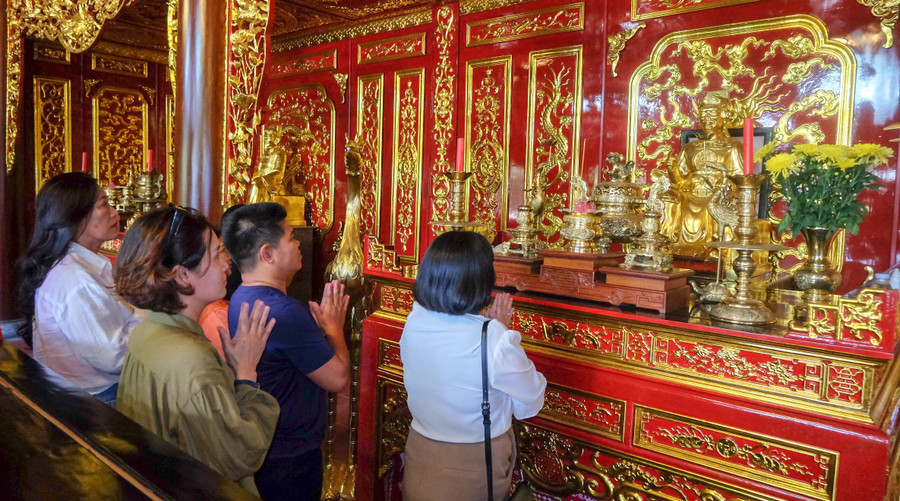
The Tay Son peasant uprising movement in the second half of the 18th century was associated with the career of the three Tay Son heroes: Nguyen Nhac, Nguyen Hue and Nguyen Lu.
Among them, the most prominent is the hero "in cloth and red flag" Emperor Quang Trung - Nguyen Hue, an outstanding leader, with both intelligence and bravery, who turned the Tay Son peasant movement from a peasant uprising into a national liberation struggle movement, overthrowing the feudal forces of Le-Trinh-Nguyen that divided the country for more than 200 years.
The climax was the victory of crushing 50,000 Siamese troops in the battle of Rach Gam-Xoai Mut and the victory of Ngoc Hoi-Dong Da in repelling 290,000 invading Qing troops, which is famous in history.
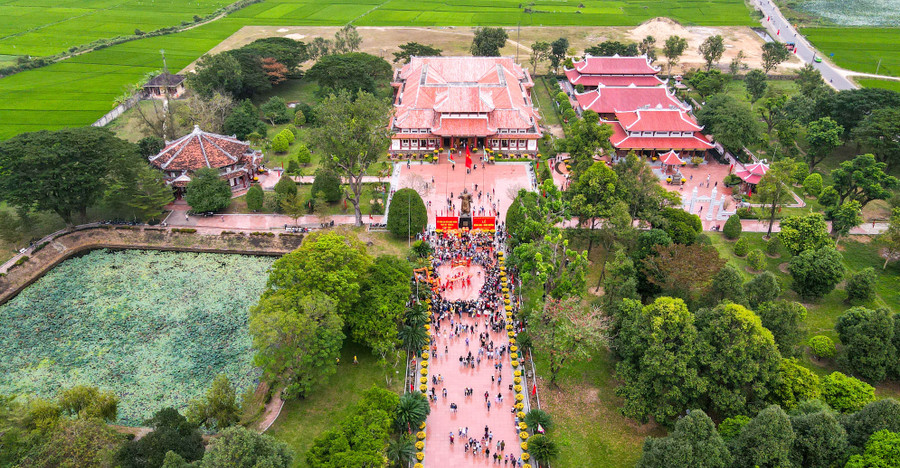
During his 39 springs of life (1753-1972), Emperor Quang Trung devoted his intelligence, talent and noble virtue to national independence; adding to the country's history a brilliant golden page of the nation's history about the Tay Son peasant movement under his leadership.
The merit of the king who “won every battle”, loved his country and loved his people, is an immortal heroic song as praised by Princess Ngoc Han (wife of Emperor Quang Trung): “… Now wearing red flag and cloth shirt/Helping the people build the country, he has accomplished so many works ”.
Source: https://baogialai.com.vn/chuan-bi-to-chuc-le-gio-tuong-niem-233-nam-ngay-mat-hoang-de-quang-trung-post566646.html





![[Photo] Da Nang: Hundreds of people join hands to clean up a vital tourist route after storm No. 13](https://vphoto.vietnam.vn/thumb/1200x675/vietnam/resource/IMAGE/2025/11/07/1762491638903_image-3-1353-jpg.webp)














































































































Comment (0)